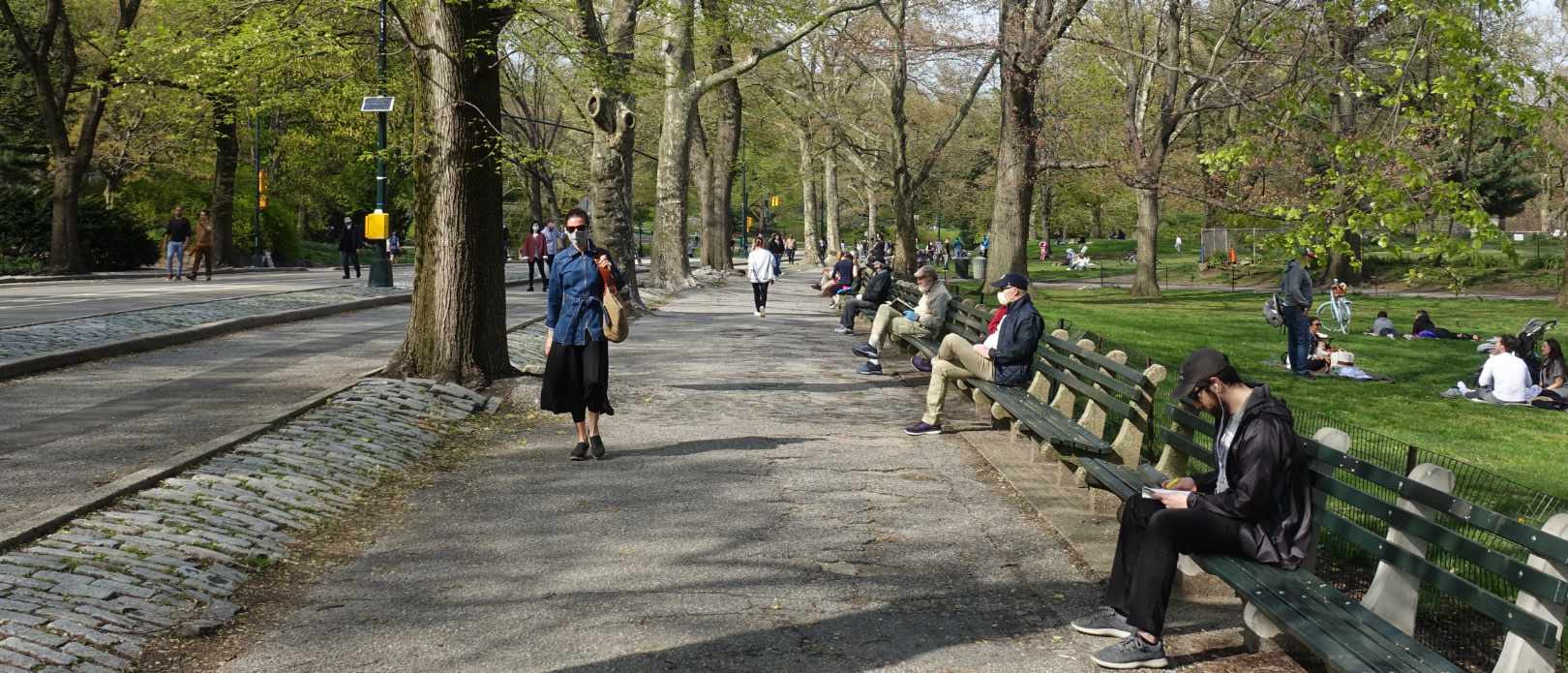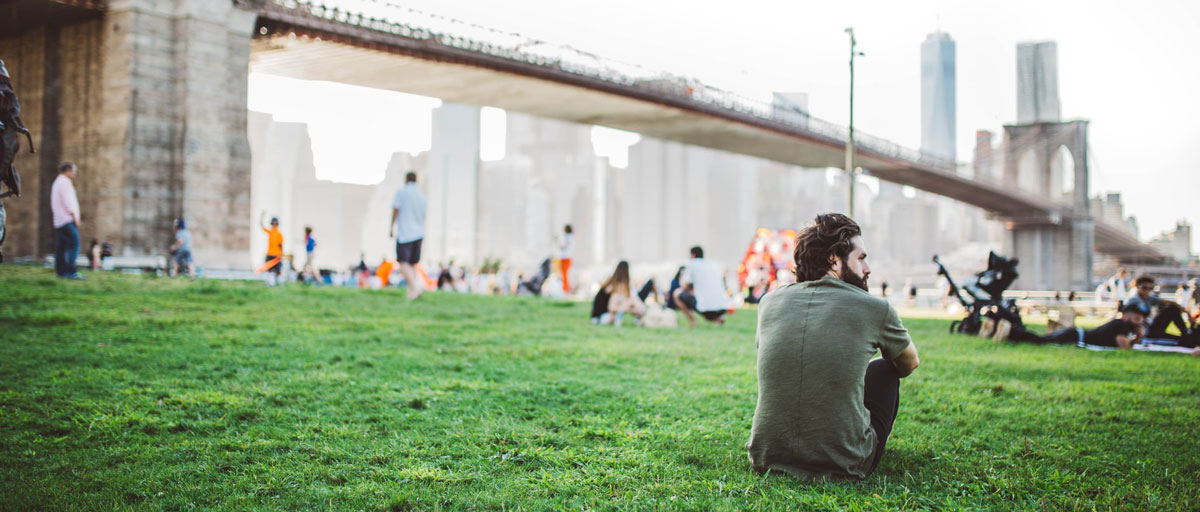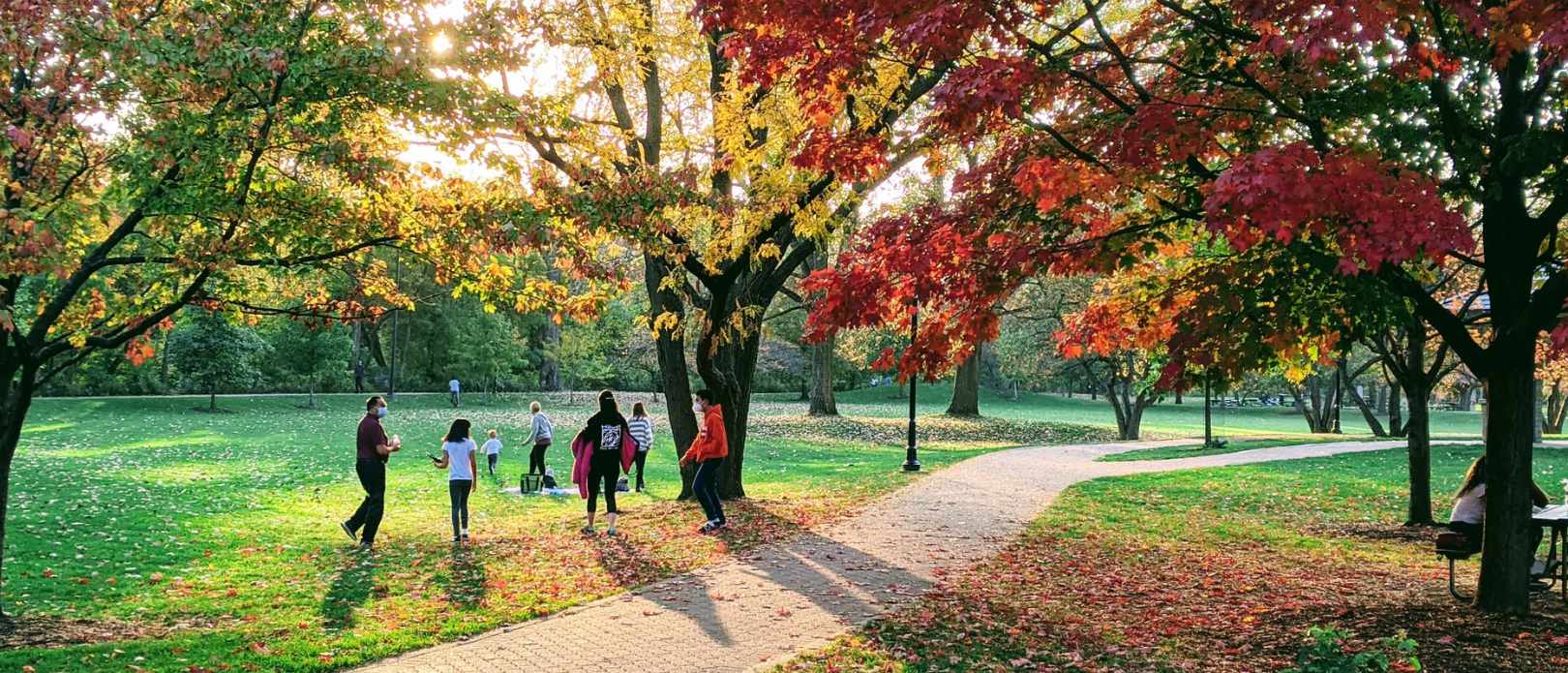EQUITY AND ACCESS TO NATURE
Low exposure to green areas may lead to higher rates of COVID-19 cases

A new study using detailed spatial data for 17 US states, shows that communities of color have both higher burdens of Covid-19 and less green vegetation in their neighborhoods. Photo: J/Mannion/Flickr, Creative Commons BY-NC 2.0
New analysis links COVID-19 to nature inequity, showing communities of color face starkest burden
- US communities of color have both higher burdens of Covid-19 and less green vegetation and trees in their neighborhoods
- Even after controlling for race, income, and a host of other factors, more greenness is associated with lower COVID-19 rates
- The authors push for increased investment in quality parks and open space in the communities
NEVER WINNING: Several studies have shown how trees and parks can reduce stress and provide space for safe recreation during the COVID-19 pandemic. The problem is that parks and greenness is systematically less available in low-income and communities of color—the same communities hardest hit by COVID-19.
In a study published in Nature Sustainability, centre researcher Timon McPhearson with colleagues from the San Francisco Estuary Institute and The Nature Conservancy show how US communities of color have both higher burdens of Covid-19 and less green vegetation and trees in their neighborhoods.
Thus, communities most impacted by COVID-19 also have the least nature nearby. Given urban nature is associated with both human health and biodiversity, these results have far-reaching implications both during and beyond the pandemic.
Low-income communities and communities of color already face disproportionate risks from climate change. This study makes it clear that these communities bear the burden of less access to benefits of nature during the pandemic while also suffering from higher COVID impacts.
Timon McPhearson, co-author
Relationship between nature and stress
Furthermore, the study found that even after controlling for race, income, and a host of other factors, more greenness is associated with lower COVID-19 rates.
This suggests that there may be a direct relationship between nature exposure and lower COVID-19 rates.
Though the study can’t uncover why this relationship exists, one potential physiological explanation is the relationship between nature contact and stress. Many other studies have shown that exposure to greenness reduces stress levels, which is associated with increased immune system function.
The study is the first of its kind to quantify the relationship between nature exposure and COVID-19 case rates using detailed spatial data for 17 US states.
Significant health implications
The authors push for increased investment in quality parks and open space in the communities that need them most, including space for social distancing, recreation, impacts on health, and for climate resilience.
“Our paper shows a stark example of how the COVID-19 pandemic can exacerbate existing inequity. The inequality in nature in US cities has been shown to have many health effects, and now it looks like it also had significant health implications during the COVID-19 pandemic,” adds co-author Erica Spotswood from the San Francisco Estuary Institute.
Methodology
Researchers combined spatially explicit data on nature access, socio-demongraphic characteristics, and COVID-19 case rates. Analyses took two approaches at different spatial scales, but both were focused in urban areas. First, they combined COVID-19 case rate data with nature access and sociodemographic information at ZIP code scales in 17 states in the U.S. where COVID-19 case data was available and consistent. They asked whether communities with the highest COVID-19 case rates had less access to nature where nature access included two metrics, the amount of greenness and the spatial proximity to parks. Then, the team examined the relationship between median income, race/ethnicity, and population density in over 5000 towns and cities across 486 urbanized areas in the U.S to examine wider patterns of nature inequity. These two approaches allow researchers to spatially quantify relationships between nature inequity, social-demographic characteristics of urban residents, and the spatially disproportionate rate of COVID-19 infections.
Spotswood, E.N., Benjamin, M., Stoneburner, L. et al. 2021. Nature inequity and higher COVID-19 case rates in less-green neighbourhoods in the United States. Nat Sustain. https://doi.org/10.1038/s41893-021-00781-9
Questions? Contact co-author Timon McPhearson








